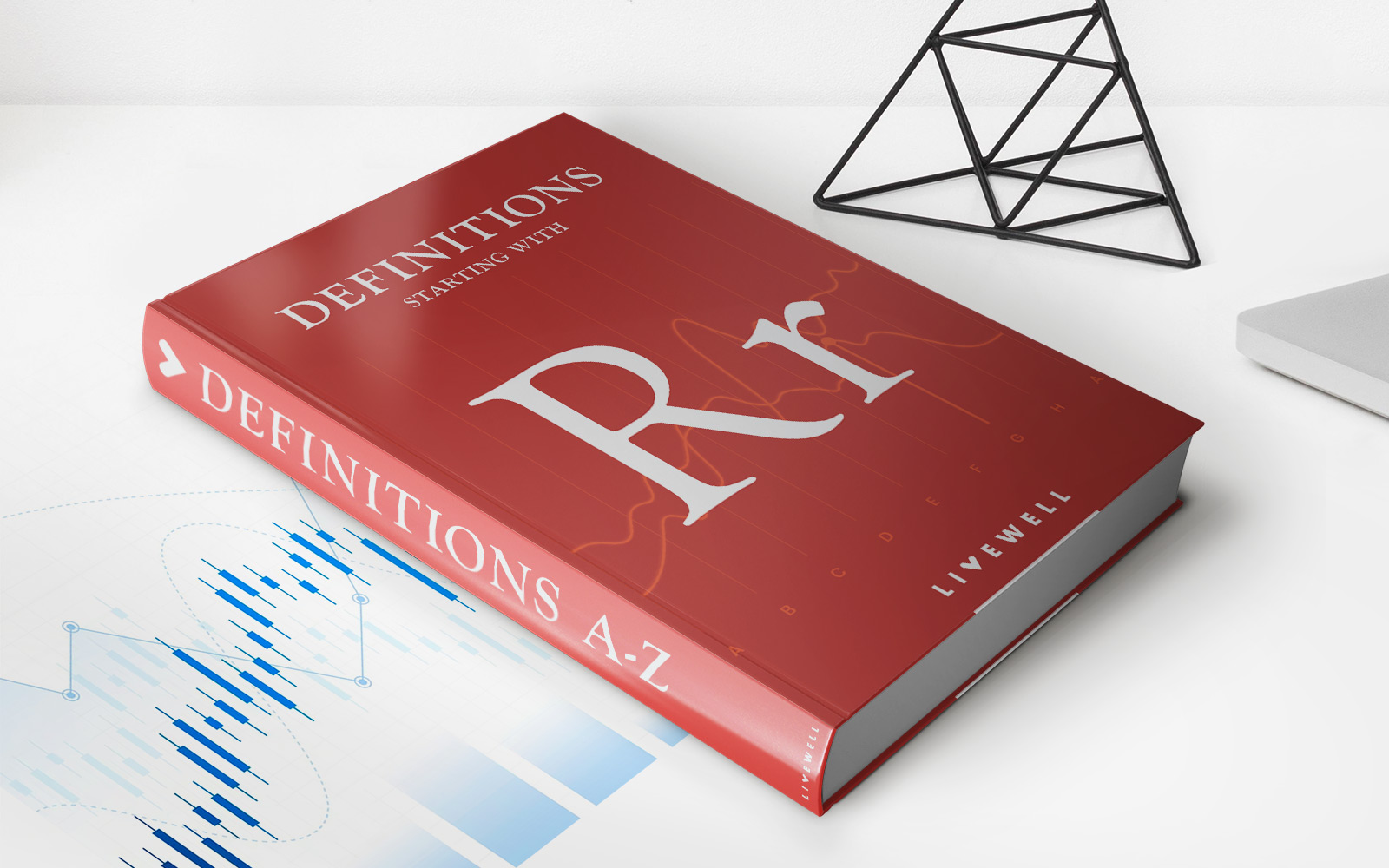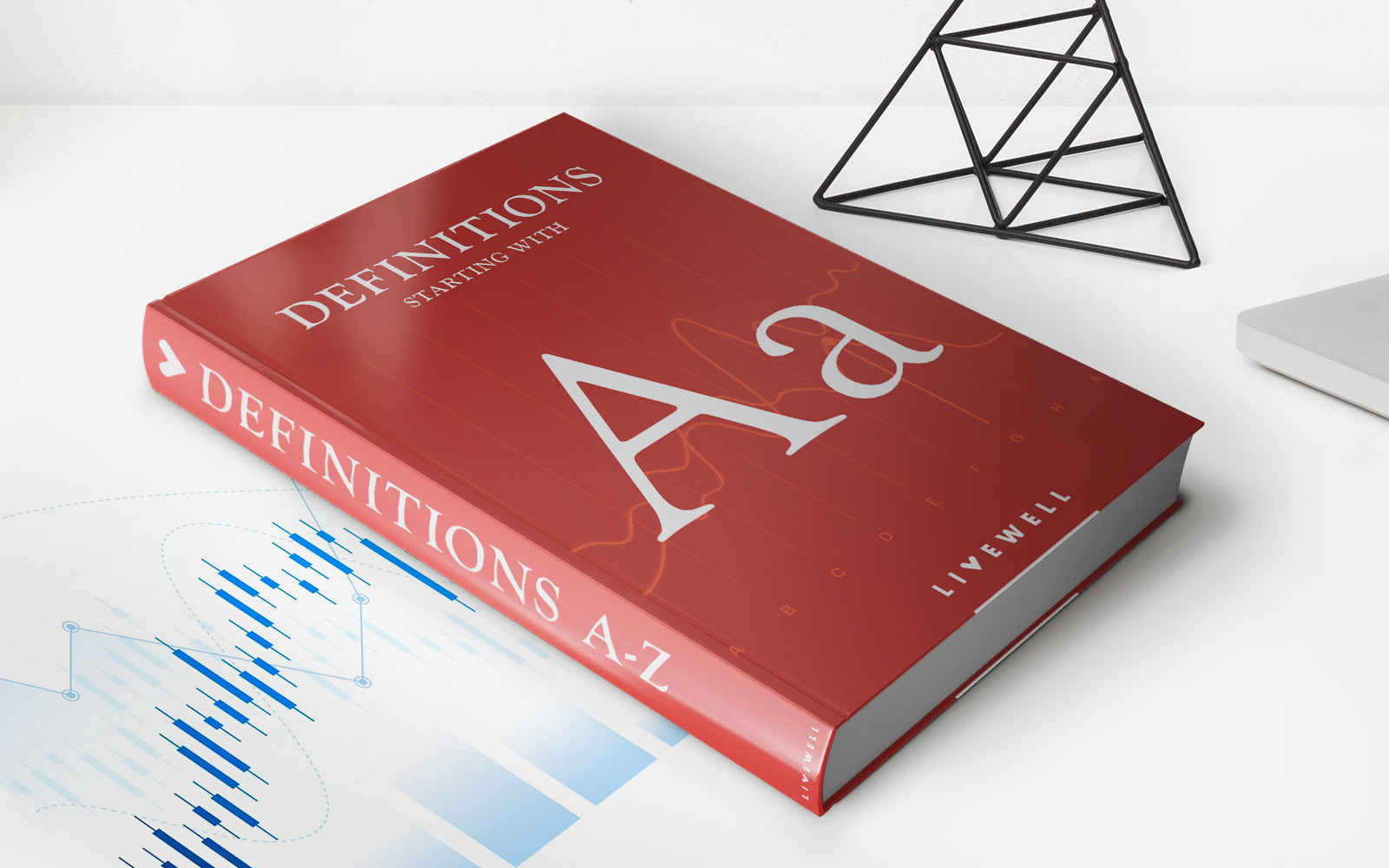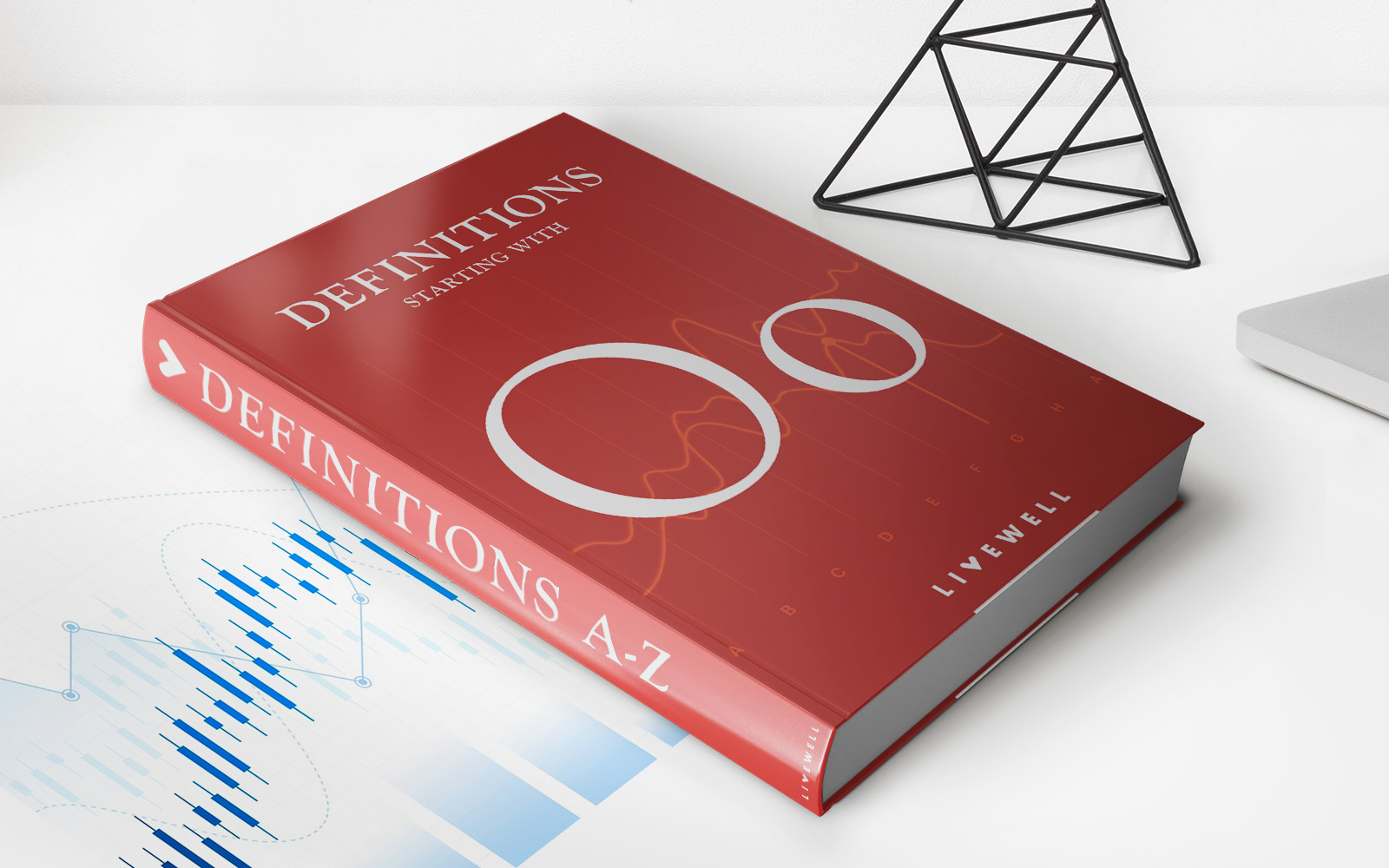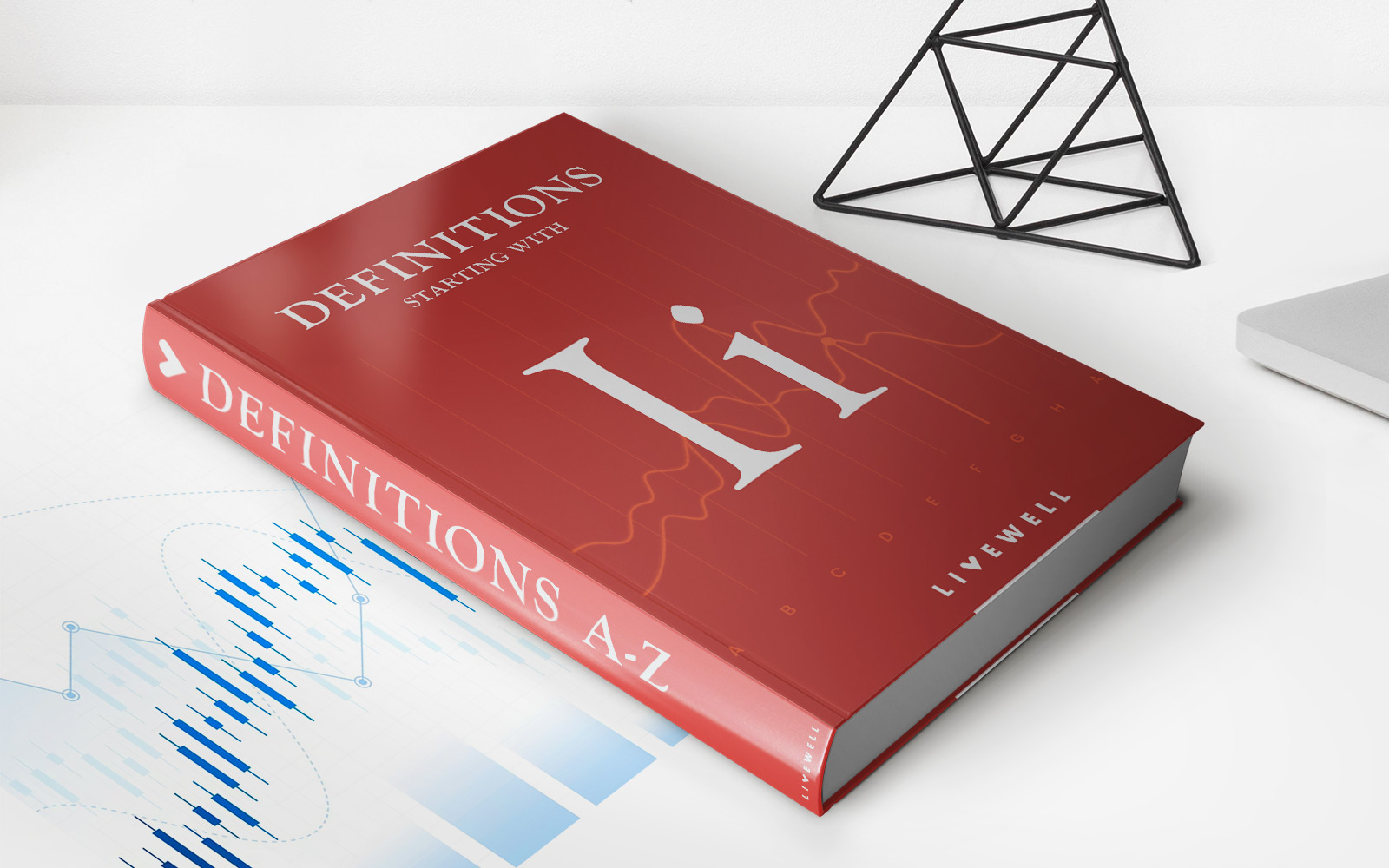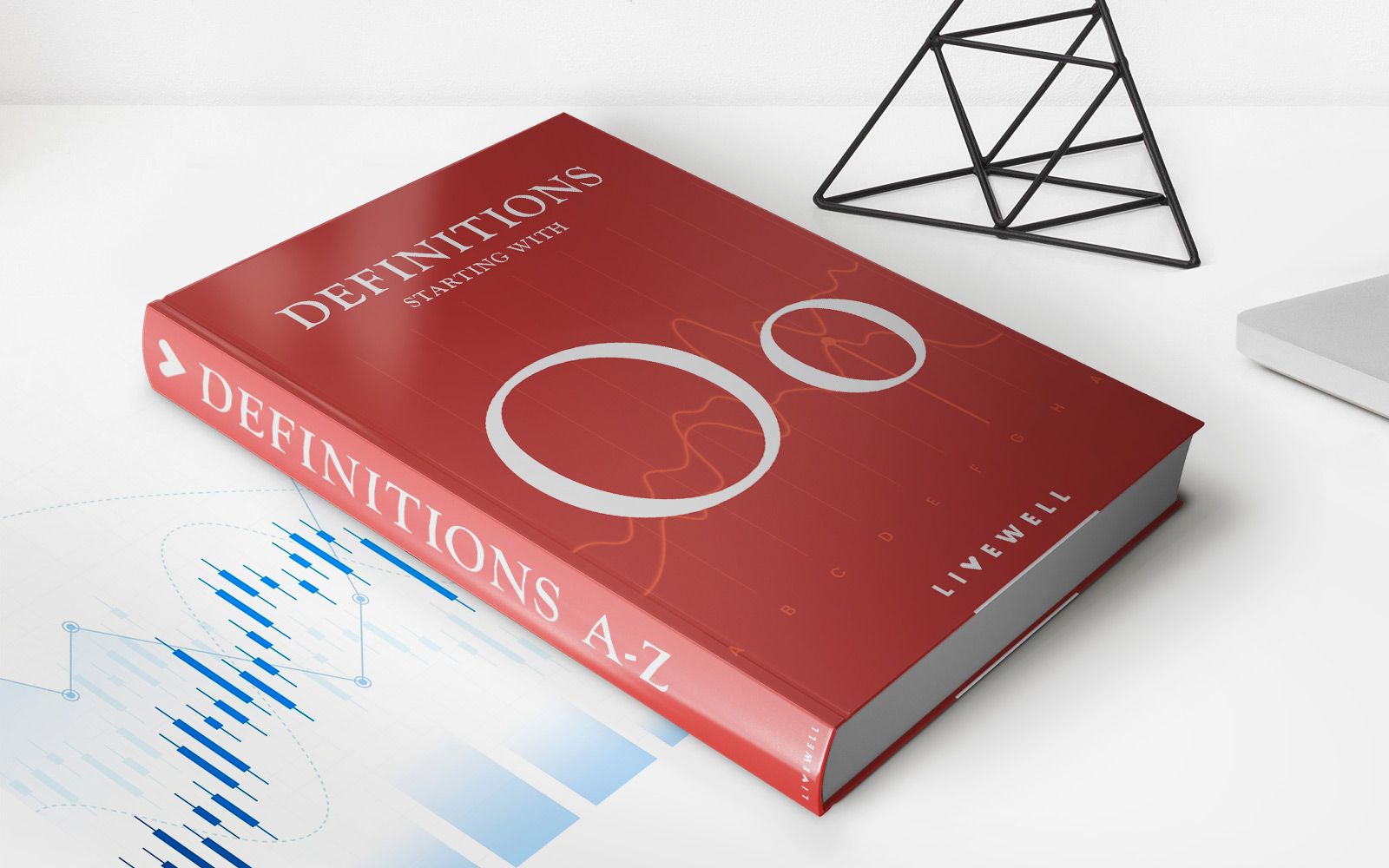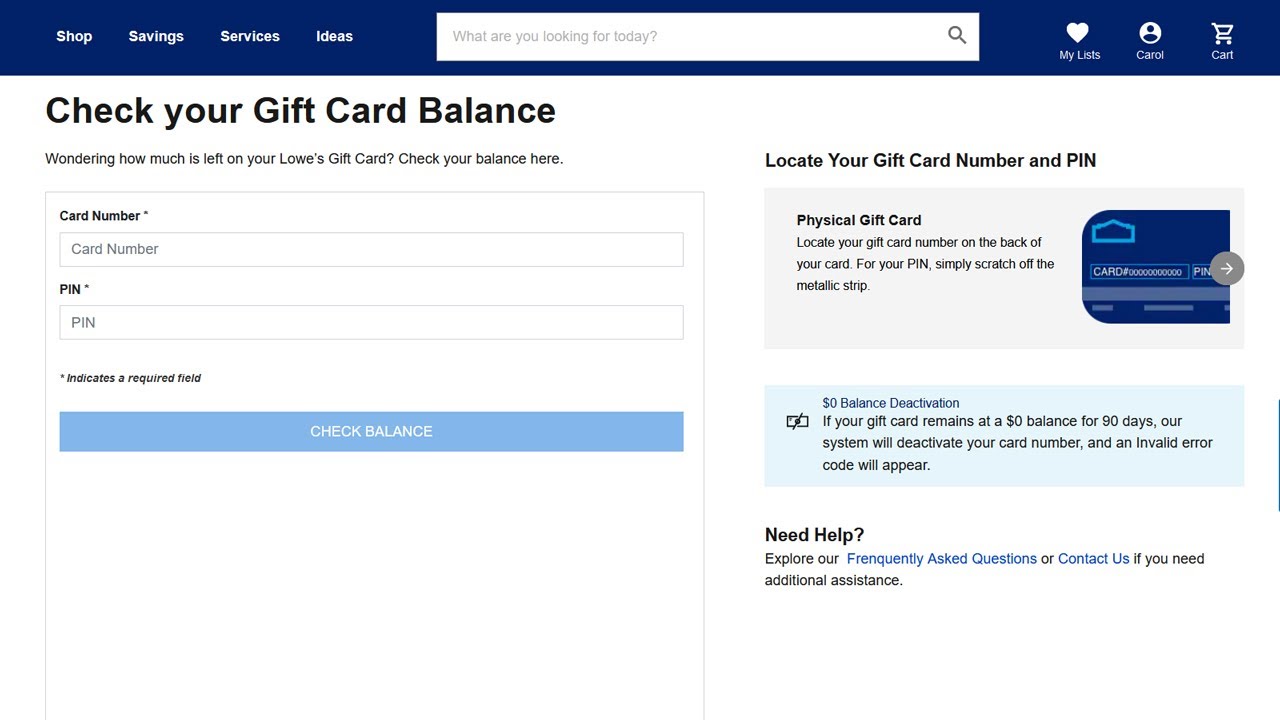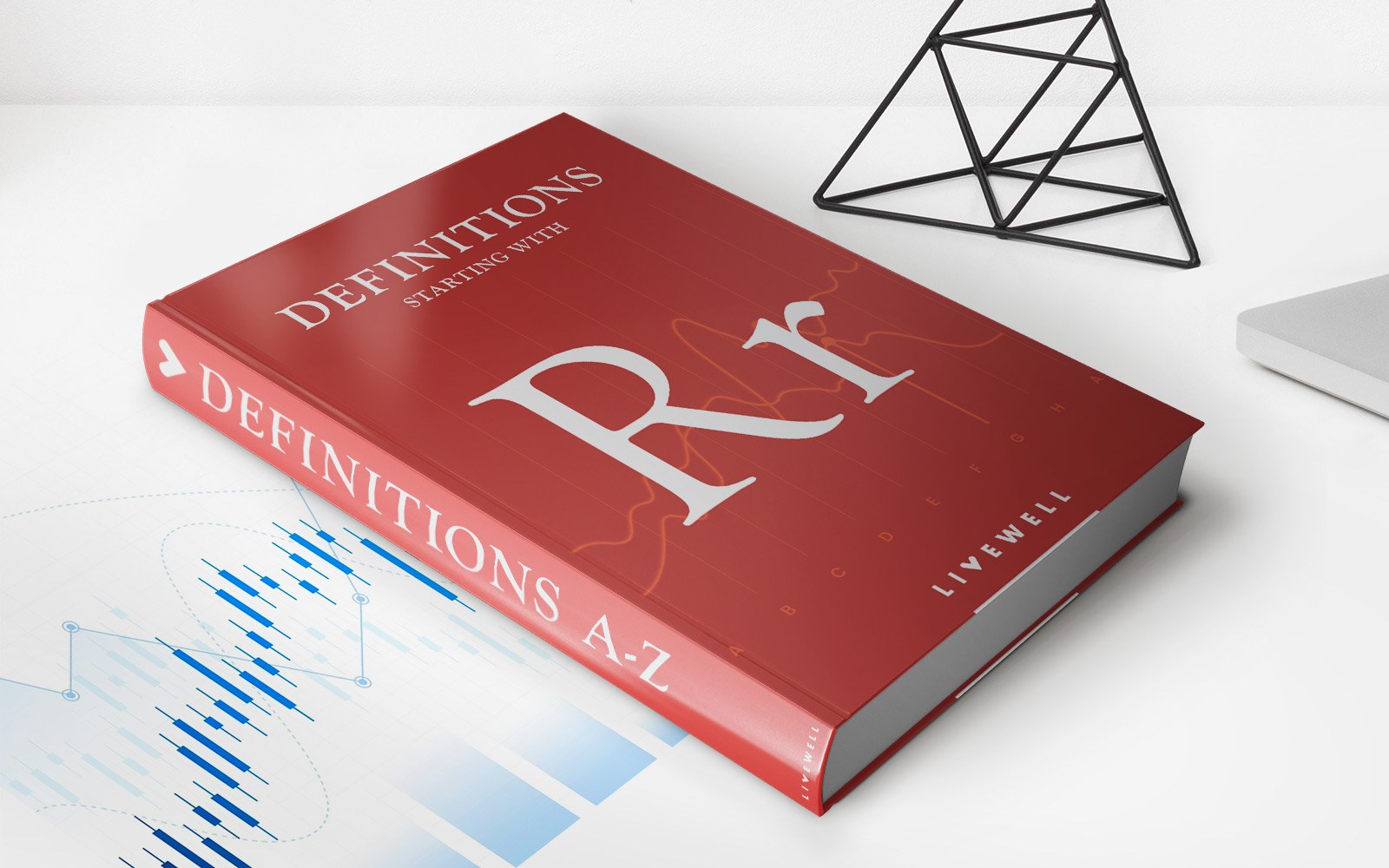

Finance
Replacement Chain Method Definition
Published: January 19, 2024
Discover the definition of the replacement chain method in finance and how it can revolutionize your financial strategies.
(Many of the links in this article redirect to a specific reviewed product. Your purchase of these products through affiliate links helps to generate commission for LiveWell, at no extra cost. Learn more)
Understanding the Replacement Chain Method: A Key to Optimizing Your Finances
Welcome to the Finance category of our blog! In this section, we explore various aspects of personal and corporate finance to help you make informed decisions and optimize your financial outcomes. Today, we’ll be delving into the Replacement Chain Method and how it can significantly impact your financial planning strategies.
Key Takeaways:
- The Replacement Chain Method is a financial evaluation technique used to compare and select from a series of mutually exclusive investment alternatives.
- It takes into account the time value of money and the expected life of each investment option to determine the most financially viable alternative.
Now, you may be wondering, what exactly is the Replacement Chain Method? It is a powerful tool that helps individuals and businesses evaluate and select the most advantageous investment options. By considering the time value of money and the expected life of each potential investment, this method allows you to make informed decisions that can significantly impact your financial outcomes.
At its core, the Replacement Chain Method involves comparing a series of mutually exclusive investments and selecting the one that provides the greatest financial value. Instead of solely focusing on the initial cost or expected return, this method requires a comprehensive analysis of the entire investment period.
Let’s break down the Replacement Chain Method into a few key steps to understand it better:
- Identify your investment options: Start by listing all the different investment alternatives available to you. These options should be mutually exclusive, meaning choosing one option automatically excludes the others.
- Estimate cash flows: Determine the expected cash inflows and outflows associated with each investment alternative over its expected life. Consider factors such as revenue, expenses, maintenance costs, and salvage value.
- Calculate present value: Apply the concept of time value of money by discounting future cash flows to their present value. This step ensures that all cash flows are comparable and provides a fair basis for evaluation.
- Compare investments: Compare the present values of each investment option and carefully analyze the outcomes. Pay attention to various financial measures such as net present value (NPV) and internal rate of return (IRR).
- Select the best alternative: Based on the evaluation, select the investment option with the highest financial value and potential for maximizing returns.
By following this method, you can make confident and informed investment decisions that align with your financial goals. The Replacement Chain Method allows you to consider the long-term implications of each alternative, making it a valuable tool in financial planning.
Key Takeaways:
- The Replacement Chain Method is a financial evaluation technique used to compare and select from a series of mutually exclusive investment alternatives.
- It takes into account the time value of money and the expected life of each investment option to determine the most financially viable alternative.
Now armed with a clear understanding of the Replacement Chain Method, you can apply this knowledge to optimize your financial decisions. Whether you are managing personal finances or making strategic investments for your business, this method can guide you towards the most favorable outcomes. Stay tuned for more finance-related topics on our blog and continue to make smart financial choices!


